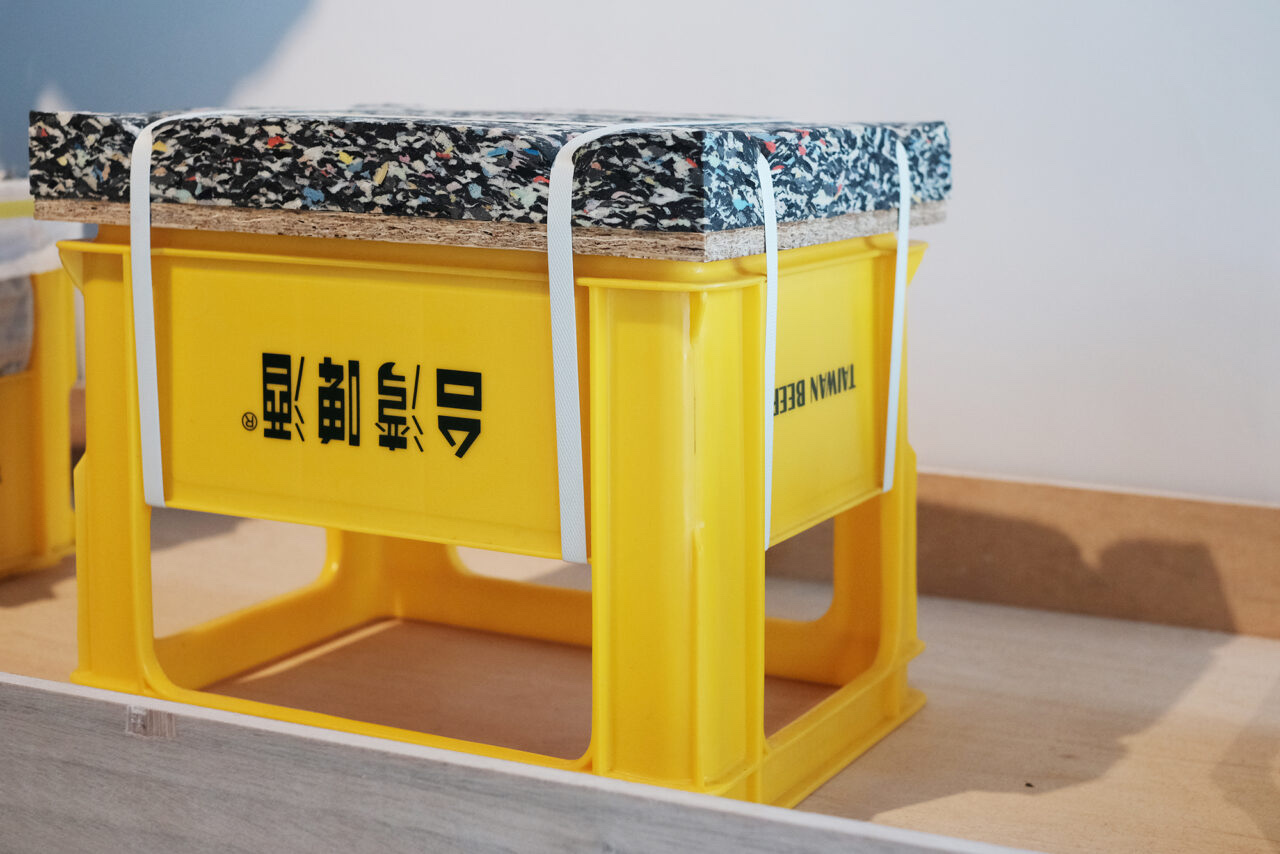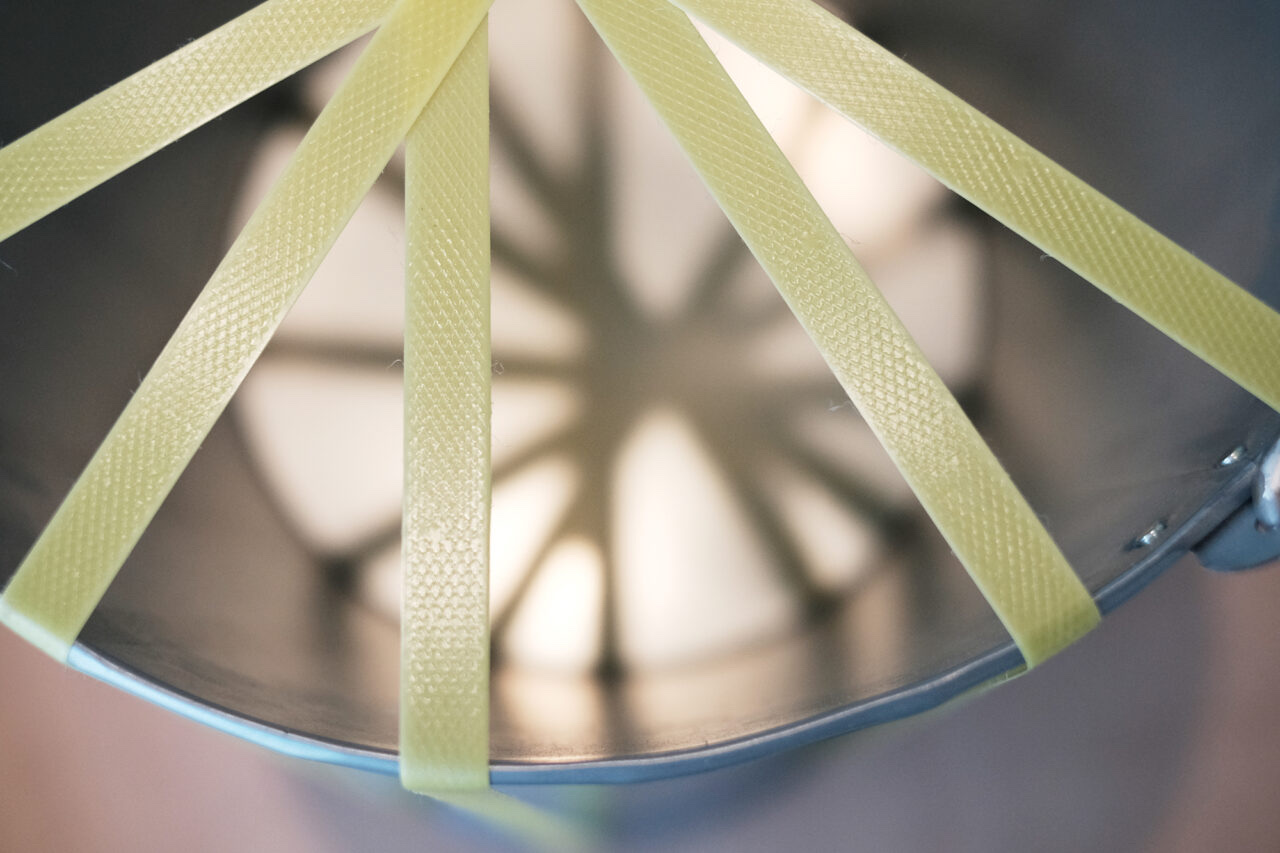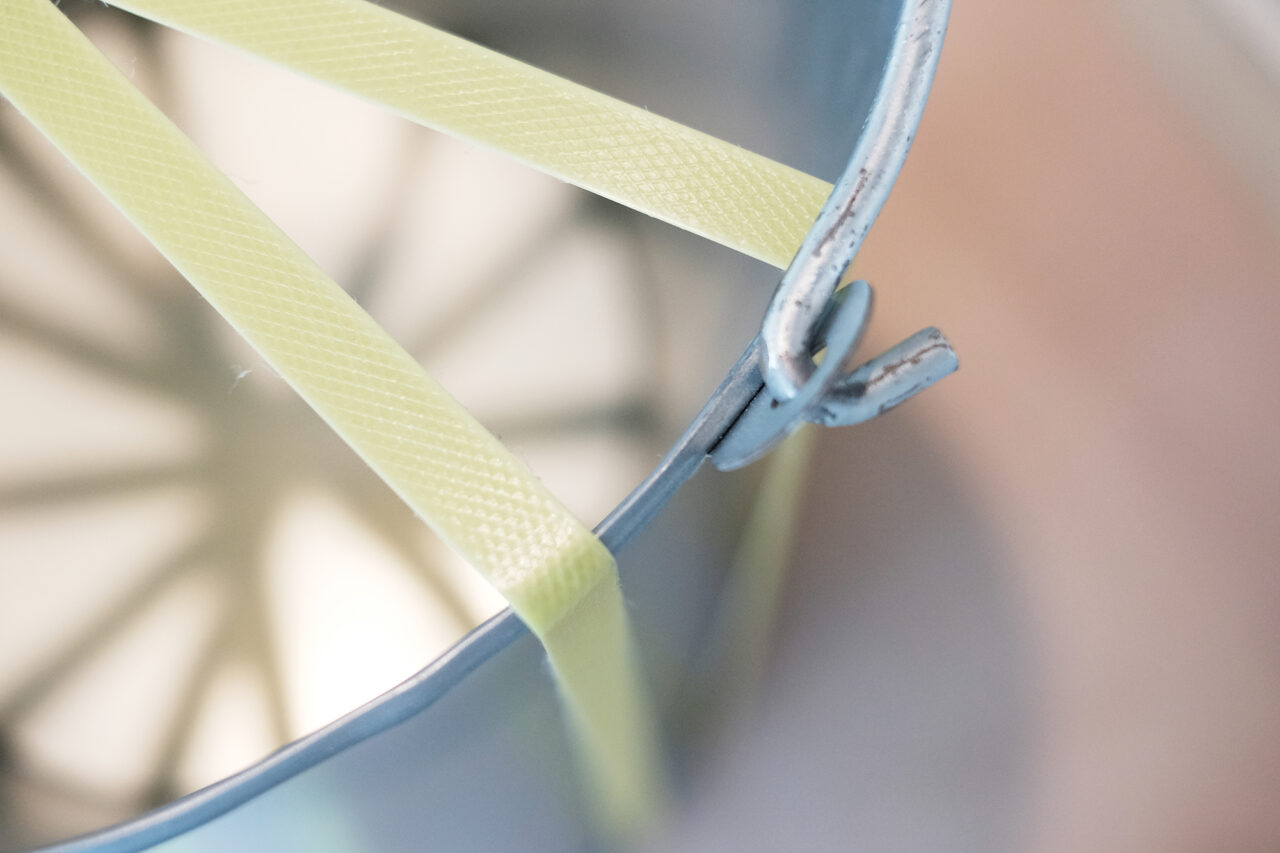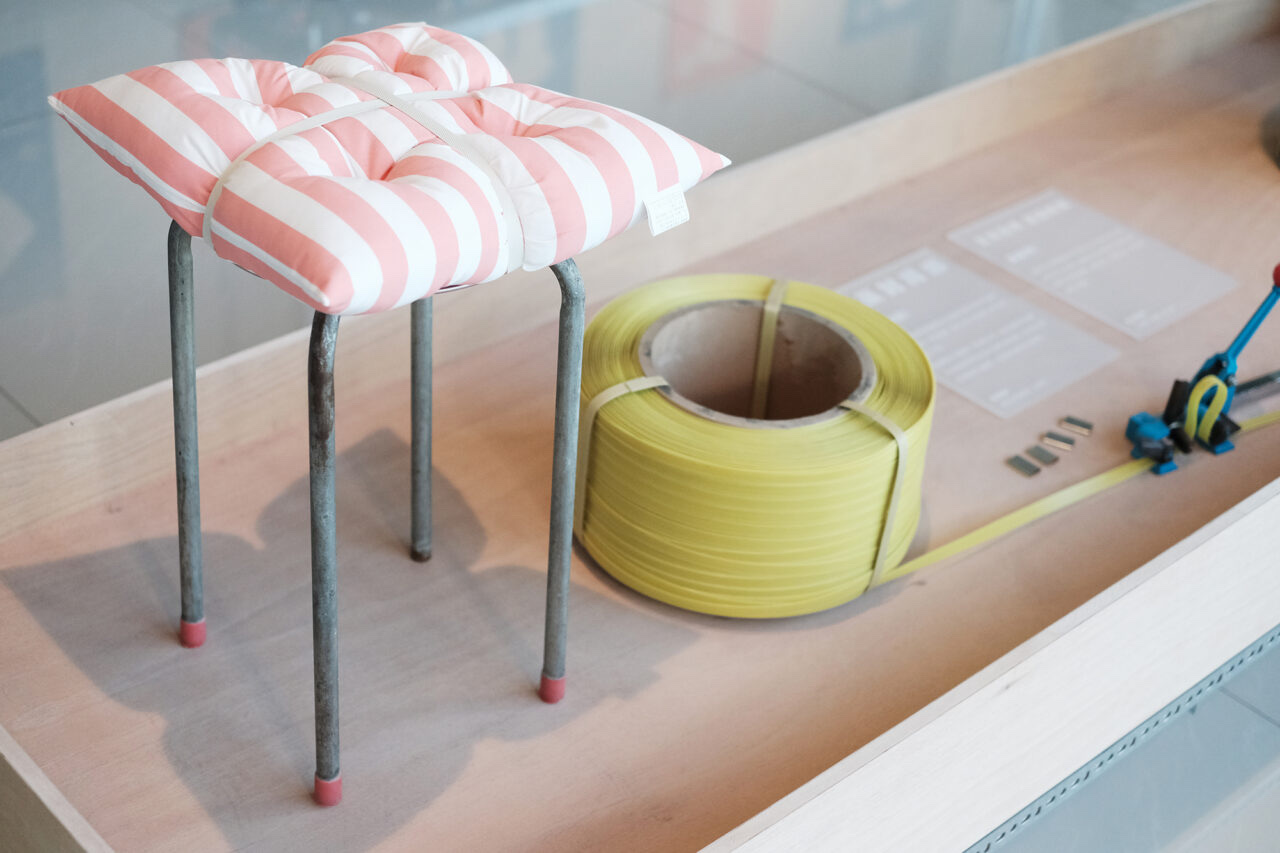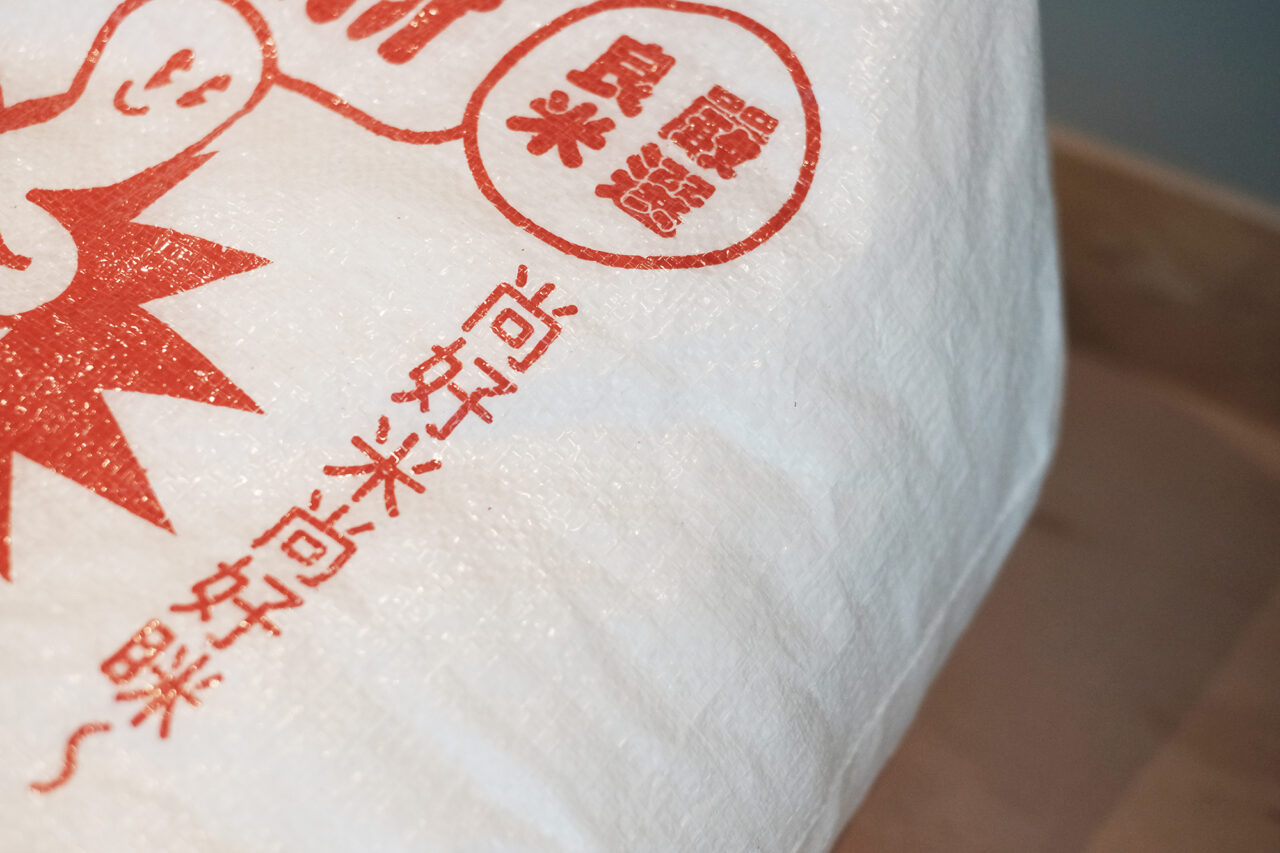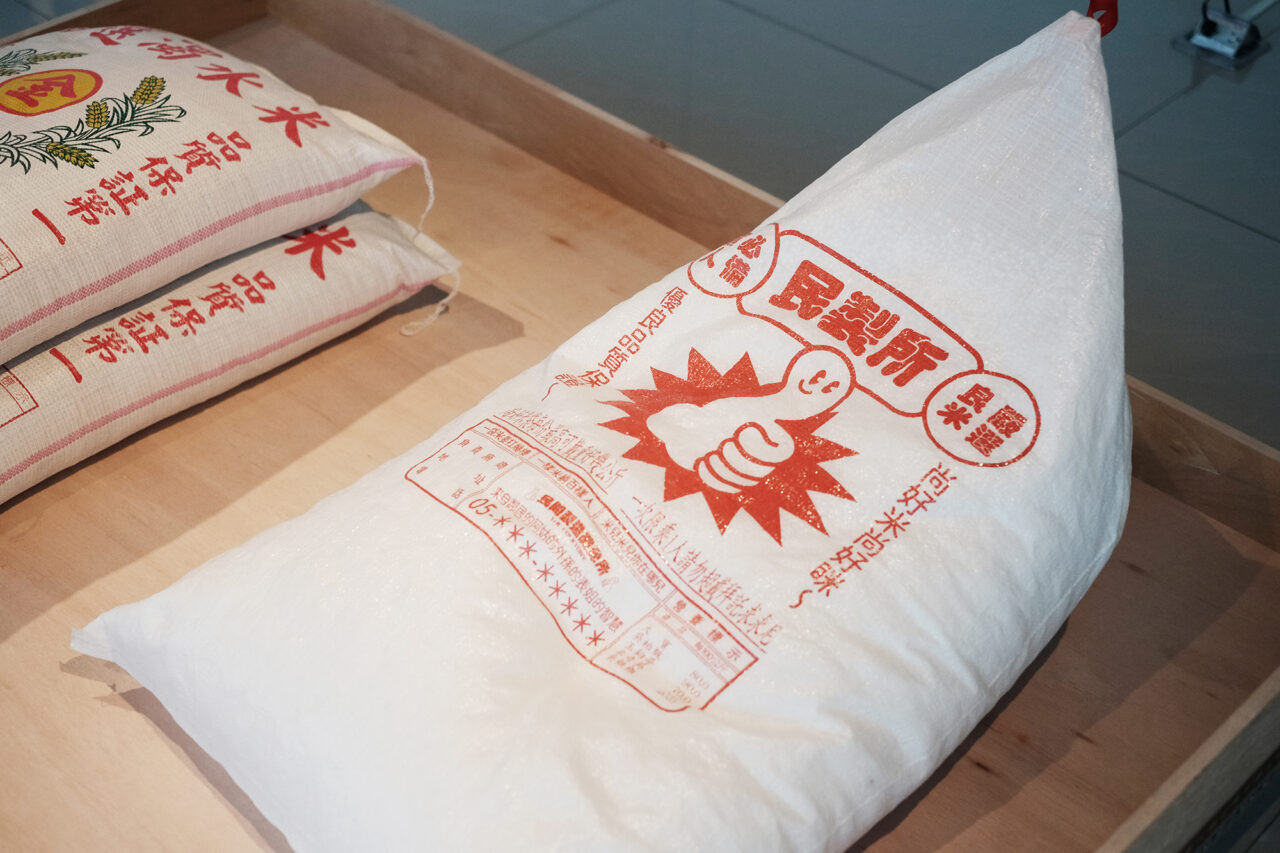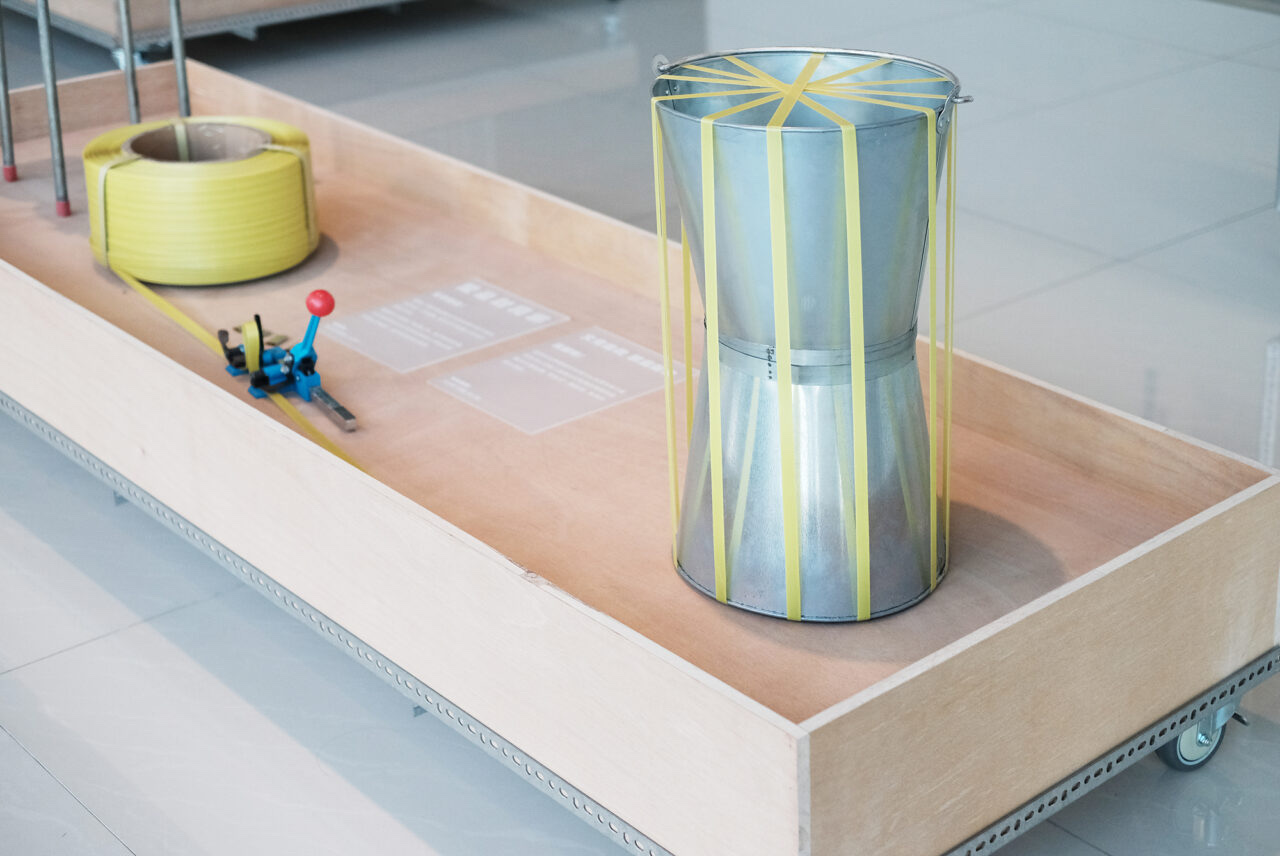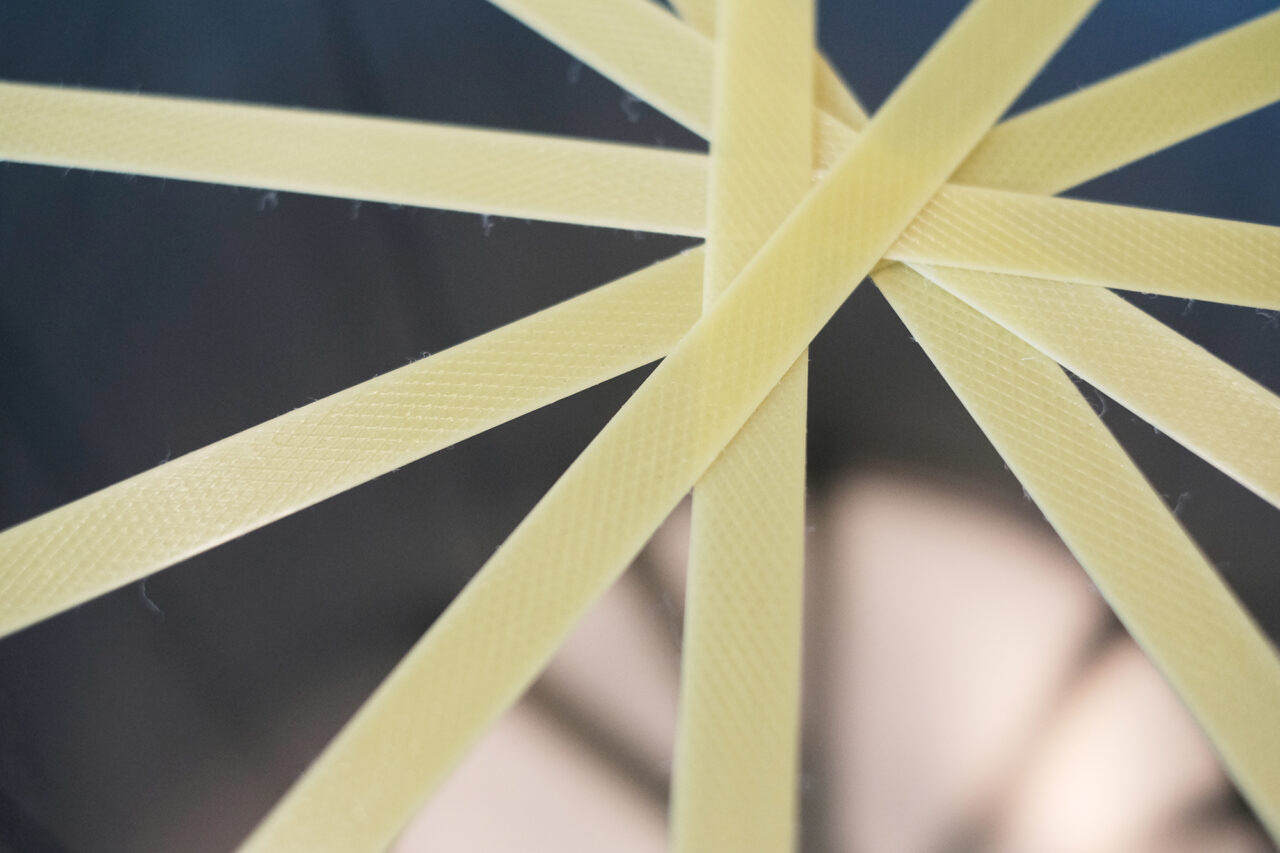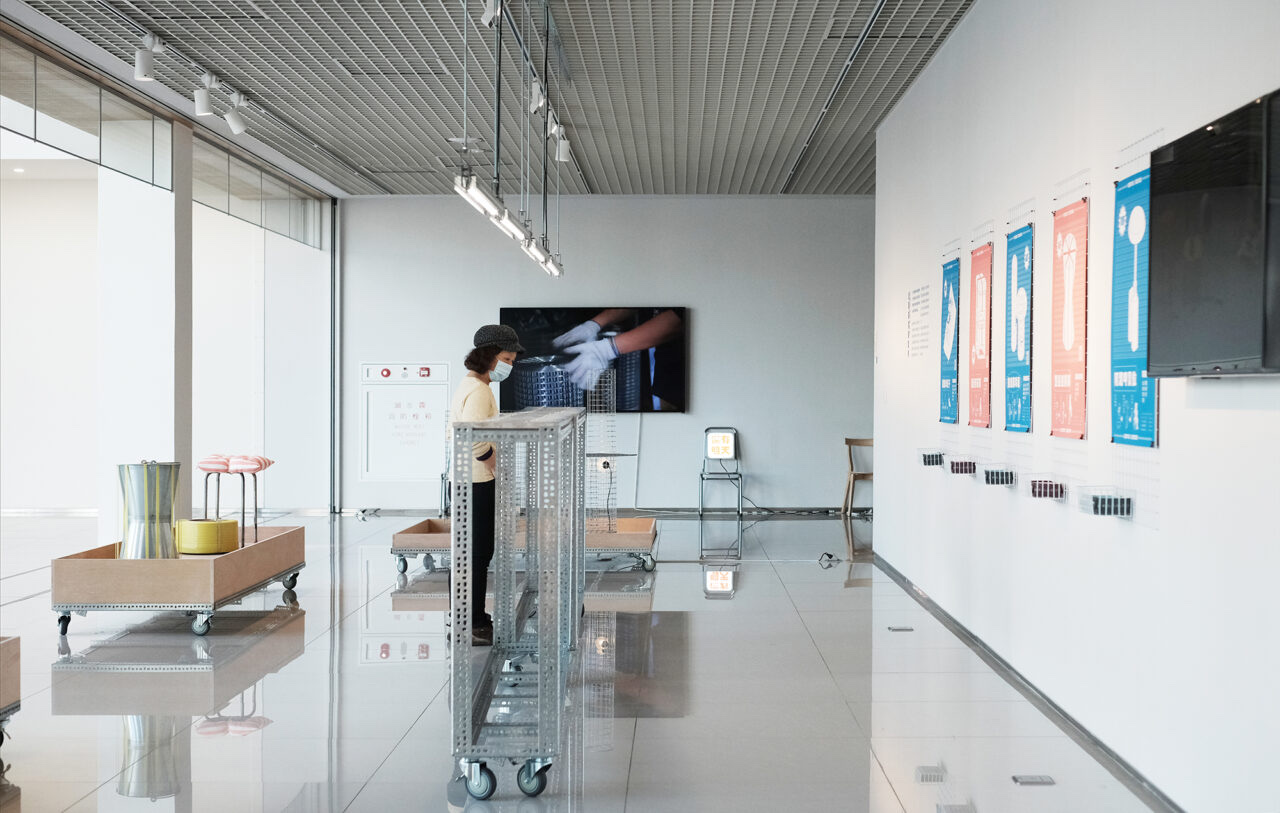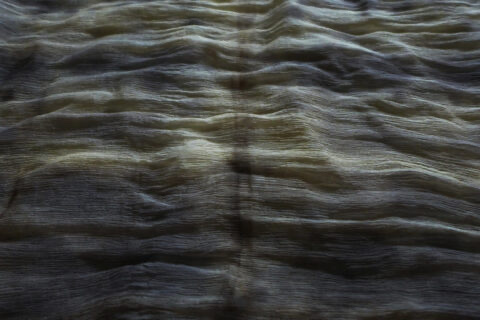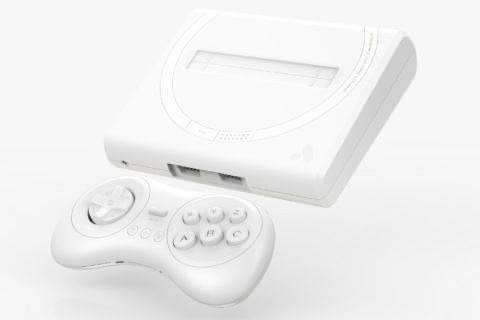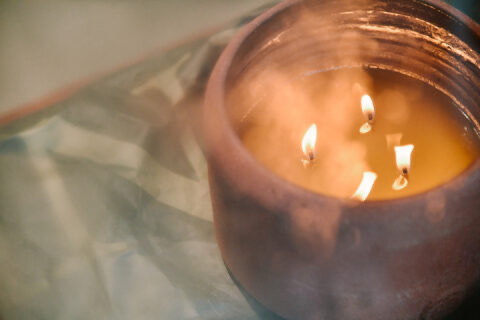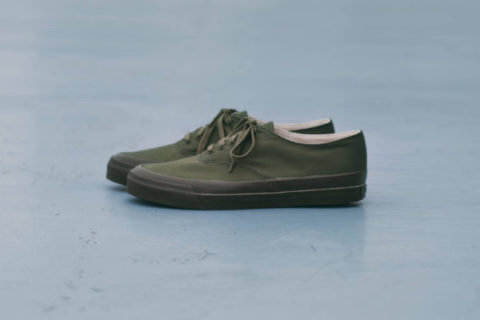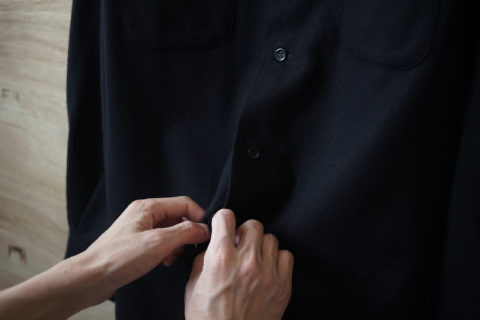「設計是來自觀察日常。」手提電話自從有了拍攝功能,我們可以隨時隨地把生活中的體驗拍攝留下,透過社交平台分享有感的事物,但是又有多少人可以從觀察日常,化為設計靈感,製作似曾相識的產品?工業設計的智慧,始於民間。
在香港,因為寸金尺土、地舖林立,在城市的街道上需找椅子稍作竭息的話,除了走到公園,就要到商場、小店消費,「坐」好像不容易。雖然已離開香港一陣子,但我還有一些關於「閒坐」的記憶:人們坐在紅色的消防栓上、坐在行人路邊的圍欄、坐在上坡的樓梯上。
關於「坐」這件事,我覺得跟「無所事事」及「交流」有關係:「它絕對是一種自我控制的行為,由行走到坐下,這個動作是因為『我想坐下』,相對行走更有意識地進行。」但所謂無所事事,就是不需要有因由地「想坐下」,暫時自我放空又或是跟朋友、跟自然、跟大地、跟這空間的交流。
天氣漸熱,我喜歡觀察跟「坐」有關的事物。
在台灣,每每經過騎樓、或是轉角社區公園,都可以看到各式各樣的椅子。這些椅子是由不同的物件併湊出來的,不但代表生活上的小智慧,也代表了社區中的「閒」。因為想在家門外坐坐,跟鄰居小聚;因為想讓路過的客人在此坐坐。社區公園中的椅子多在榕樹之下,不同款式不同高矮,由塑膠盒堆疊而成、半張辦公室椅子、墊上層層木板的藤椅,聚在一起成了城市風景。
看到這些,啟發靈感,正在嘉義市美術館展出的「民間製造開源所」計劃,利用兩個白鐵水桶及黃扁帶緊緊固定,製作了像紅A漏斗椅子。團隊表示他們透過研究街上的設計,發現這些也許手工不盡完美,卻是概念平易近人的民間的智慧,針對「坐」的日常觀察,他們也發現社區角落的風景。利用白鐵水桶、包裝用黃扁帶、啤酒膠箱、特大米袋等平凡可取得的物料,製成如「閒閒米袋子」( Rice Beg Lazybone)、「雙星封繩綁」(Twin Pack)的「椅子」,讓他們重新上架,為美術館帶來可親的作品,讓藝術成為實用品。
「發掘物件與常民生活最直白卻細膩的互動關係,並以設計的演繹再次落實在常民的生活之中。」這是團隊設計的目的。即使一個人,就在街角找一張椅子坐下,無所事事地成為城市風景的一部份,在生活之中,讓我們帶著意識、自主地「閒來坐坐」。
“Design comes from observing everyday life.” For as long as mobile phones have come with the camera function, we have been able to photograph life experiences anytime anywhere and share the things we feel for on social media. But how many people could convert everyday observation into design inspirations, and with them create familiar products? The wisdom of industrial design comes from the people.
In Hong Kong, costly land resources and thick clusters of shops mean unless one visits a park, finding a seat for rest in the city streets entails making purchases in malls or boutiques. “Sitting” doesn’t seem like an easy feat. Despite having left Hong Kong for some time already, I still retain some memories about “idle sitting”: people sitting on red fire hydrants, on street side fences, on inclining stairs.
On the matter of “sitting”, I think it is related to “idling” and “exchanges”, “It is absolutely a form of self-initiated act. In the progression from walking to sitting, the action occurs because ‘I want to sit down’, it occurs more consciously than walking.” That said, idling is exactly when one “wants to sit down” without a cause, to space out by himself for a moment or to interact with friends, with nature, with the land and with the space.
The weather is getting hot, I love observing things to do with “sitting”.
In Taiwan, every now and then one passes by a veranda or a community park round the corner to find all kinds of seats. Put together from different things, they represent not only the little wisdoms of living, but also the “idleness” in the community, the idleness of wanting to sit outside the house and catch up with neighbours, or to invite passers-by to sit around. Most stools or chairs in community parks are found under banyan trees. Coming in different varieties and heights, they could be assembled plastic containers, half an office chair or a wicker stool topped with stacks of wooden boards, that gather into an urban scenery.
Looking at them brings inspiration. The Folktory project, currently on show at the Chiayi Art Museum, takes two tin buckets tightly fastened together with yellow straps to create a funnel-shaped stool that resembles the Red A design. The team behind the project said that by studying designs in the streets, they discovered this folk wisdom that is imperfect in craftsmanship but friendly in its concepts. Observation specific to everyday “sitting” also showed them the view in the community corners. Using tin buckets, yellow packing straps, plastic beer crates, extra-large rice bags and many such ordinary and readily accessible materials, the team created “seats” like “Rice Beg Lazybone” and “Twin Pack”. Putting the seats up again, they are bringing affectionate works into the museum and letting art become functional wares.
“To uncover the barest but most delicate dynamics between things and ordinary people’s ways of life, and to re-enact them in the lives of ordinary people through design rendering.” This is the team’s design objective. Even when alone, one could take a seat at a street corner and casually become part of the urban scenery. As we live, let us consciously, and purposefully, “sit around”.

